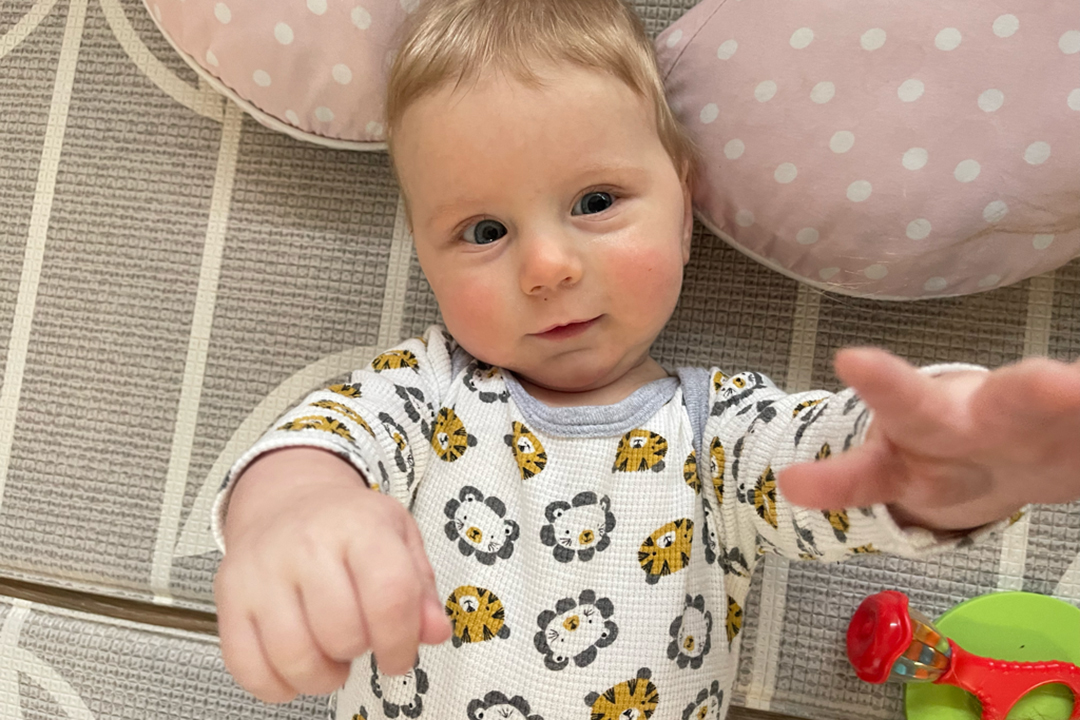A Fresh Perspective: What Babies Wish We Knew

Late one night, I received a call to our pediatric care group from an exhausted new mother, “My three-week-old baby is crying again. How can I get him to stop?”
What to Check When a Baby Cries
Wanting to understand more, I asked about the pregnancy, delivery, his feeding, pooping, peeing, diaper and diaper area as well as who lived together and what, if any, help she had. She had had an uneventful pregnancy and was recovering from a routine delivery.
The baby was nursing well, every 2-4 hours, with a good latch, milk supply and weight that her breast feeding coach confirmed. The baby’s father lived with them, caring for her and the baby who seemed fine with multiple diapers a day, no vomiting, cough, rash, or other signs of illness.
“I feel like such a failure when he keeps crying. What am I doing wrong?”
Reclaiming Perspective: A Crying Baby is Not a Problem
I thanked and congratulated her for her brave decision to be a mother and for all that she and her partner were doing for their son most of the day and some of the night too. There is no more important endeavor than parenting, providing the love, attention, feeding, and safety a newborn needs to thrive.
When I asked what she remembered when he was born and whether he cried, her voice caught and she described a bit of concern right at the end of the delivery so when he cried loud and hard she was ecstatic that he was ok.
“Reclaim that perspective.” I offered, “His tears are still a sign of his robust health and are the way he off loads, releases the inevitable accumulation of little to big upsets from the pregnancy, the delivery—quite a dramatic event—and day to day life.”
“Even when all his needs are being met as beautifully as you and his dad are doing, all happy healthy babies cry, some more than others. Crying is the normal, reliable, human way we heal the hurts that happen to all of us. Releasing upsets frees his mind to learn, and resets his nervous system off high alert.”
How to Be with a Crying Baby
Once you confirm your baby is well fed, burped, has a clean diaper, is comfortably positioned, try this rather than frantically trying to stop the crying:
- Hold your baby in your arms so he can see your eyes when he looks, and be with him.
- Speak a few gentle words, “Sorry something hard happened. I am glad to be with you.”
- Provide a secure, loving, safe space for him to release the feelings.
- Stay present as he cries through the upset.
Your confident listening builds connection, fills him with security, and lets him know that you want to be with him even when he shows he’s having a hard time. You may notice your own tears as you open your heart and listen. That’s ok too. Your gentle honest vulnerability connects with his. I call this Stay Listening.
She expressed her relief. She was actually eager to go sit in her favorite easy chair, put her feet up and hold him as he cried—no longer seeing a problem to fix, but a healing process to support.
Remember These Truths:
- There is no more important endeavor than parenting.
- All happy healthy babies cry—some more than others.
- Crying heals hurts, resets the nervous system freeing the mind to connect.
- Stopping the crying stops the release of the hurt, not the hurt itself.
- Relax, be pleased with yourself and your baby, savor each moment.
Remember the Joy
The next time your baby cries try this: scan for hunger, illness, comfort, diaper. Then remember your joy at those first cries in the delivery room, and that stopping the crying stops the release of the hurt, not the hurt. Find a comfy spot, sit or lounge, and provide a safe haven for the tears and upsets.
Your baby doesn’t need perfection. They need your presence for connection.
Share your comments, questions, takeaways, and experiences. What’s it like to stay close, hold your baby or child and listen warmly as they cry?
